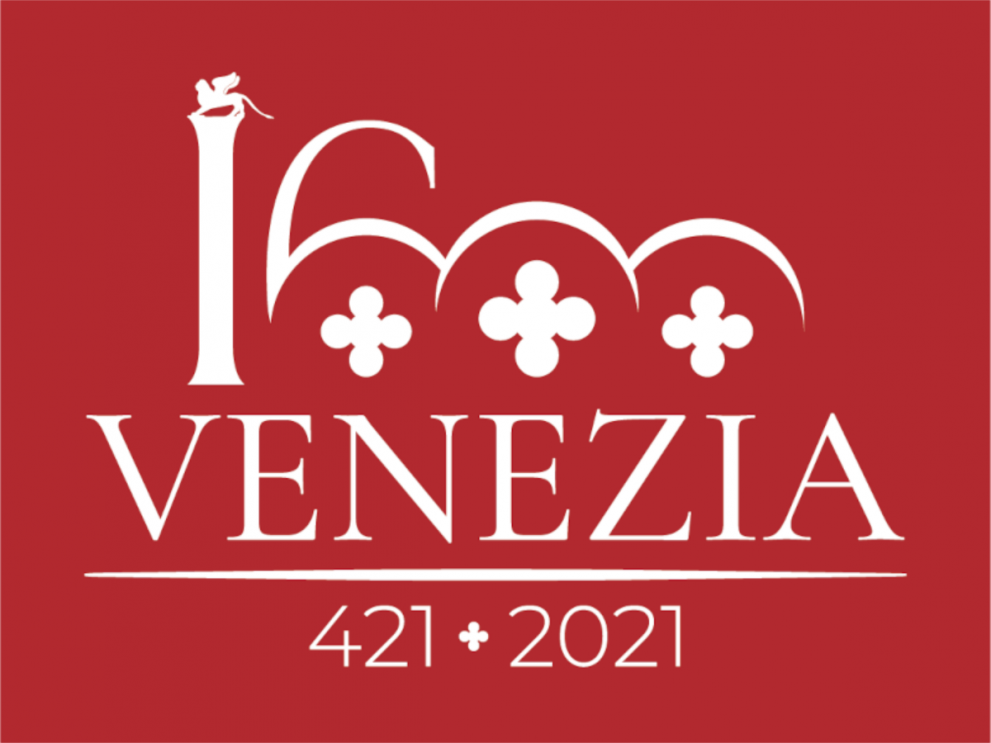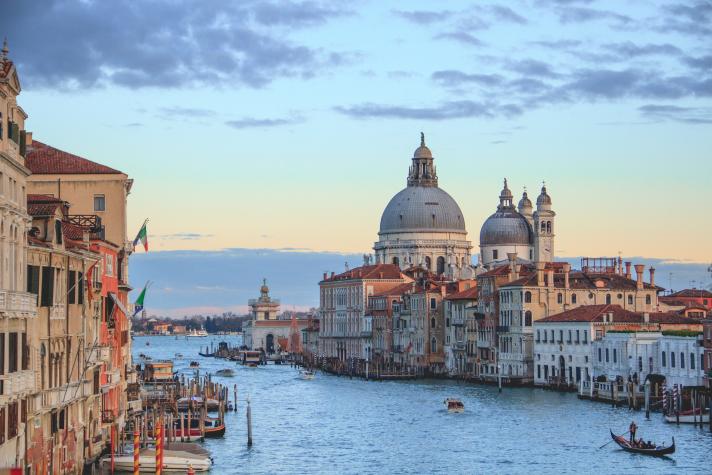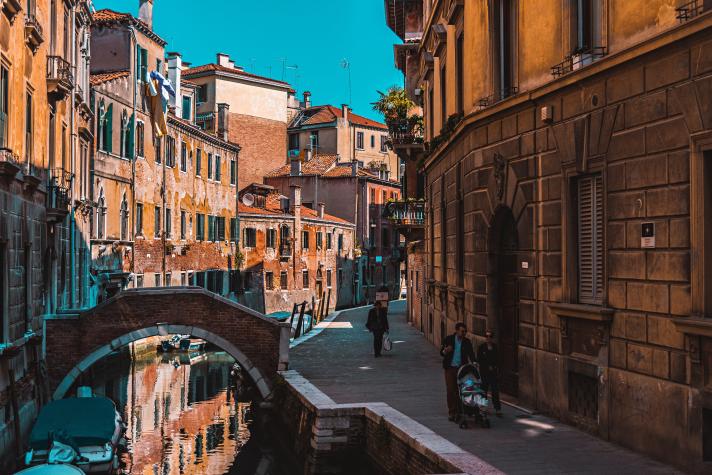400 bridges of Accessibility
The city is built on a group of 118 small islands that are linked together by over 400 historic bridges creating a unique tourist experience. To extend this visitor experience to as many people as possible, Venice ensures that the city remains largely accessible to everyone. The administration of the city has amended architectural barriers to ensure that over 70% of the old town’s surface is accessible to people with disabilities. The addition of barrier-free routes adds to the accessibility of the historic city. To complement this, Venice has adjusted its public transport rates and infrastructure to accommodate all visitors. The city has approved special rates for people with disabilities and their attendants and ensured that all vehicles being used by the public, such as the ferries, are fully accessible to all people. On top of this, the public museums have designed and activated some on-demand proposals based on specific needs. These include, multi-sensory itineraries addressed to the blind people, creative storytelling of the works addressed to the elderly and the people with disorders such as Alzheimer's or dementia and the language of images, things, and nature: a system of approach to the Italian language and culture for immigrants. Venice presents a naturally difficult position for people with disabilities, yet despite these challenges, the city is adamant to ensure an equal and open experience to everybody that comes to visit.
Turning the tide on climate change
The city of Venice is situated both on the mainland as well as in the lagoon. As a result of this the city is regularly the subject of overflooding and extreme weather phenomena. To combat this and in doing so, boost the visitor experience, the city of Venice is implementing a series of sustainable measures to help reduce atmospheric pollution, fight climate change as well as increase urban resilience. Venice participates in the Plastic Smart City Project, which has the common objective of reducing the quantity of plastic released in nature. A popular destination for cruise ships and ferries, Venice is reconverting the maritime tourism of the city through the “E-dock project” which foresees the building of the first infrastructure for the electric recharging of the vessels. Venice has signed the Covenant of Mayors and developed its own Sustainable Energy Action Plan which underlines its goal to achieve climate neutrality by 2050 as well as the reduction of more than 20% of greenhouse gas emissions by 2020 which the city has and continues to achieve. Not one to forget the visitor, the city of Venice has developed the first planning tool of its cycle network. With 16 cycling routes of approximately 164 km the city is offering a sustainable alternative to exploring the greater experience of Venice.
The future of city management: The Smart Control Room
Venice has adopted a Smart Control Room which is designed to improve the planning of the city’s services. In addition to this, by integrating existing networks it is possible to collect and integrate all the data generated by the city’s services and help formulate the best course of action for the future. Financed by the National Operative Programme for metropolitan Cities and the European Regional Development Fund it is a true product of Italian-EU collaboration and cooperation in modernising city services. The range of services being operated and analysed by the Smart Control Room range from the integration of data and third-party systems to the measuring and implementation of a water and road traffic control systems. Even included is a pedestrian flow detection system. The goal of the monitoring system is to improve the tourist flows in the city in terms of sustainability while respecting the historical, social, and economic fabric of the city through the real-time acquisition of the number of visitors in the city. By integrating the Smart Control Room, Venice is placing digitalisation at the heart of the city’s functioning administrative systems and in doing so creating an optimal visitor experience.

Where tradition meets technology
Venice can boast a proud and rich historical city culture that has close ties to the sea and the resulting boating tourismand culture. The city has been celebrating its 1600th anniversary in 2021. As a central part of this has been the intersection of celebrating the historic traditions in a technological fashion fit for the 21st century. Consisting of a series of museum and city tours, conferences and exhibitions organised by the city and its institutions, the city is involving all actors, stakeholders, private and public, to get involved in telling the story of Venice. This initiative will leave a mark on the way of living and telling the city to travellers from all over the world. Public and private institutions, associations, as well as individual citizens interested in proposing initiatives to be included in the calendar of the events, are encouraged to submit their projects.
Find out more: https://www.veneziaunica.it




